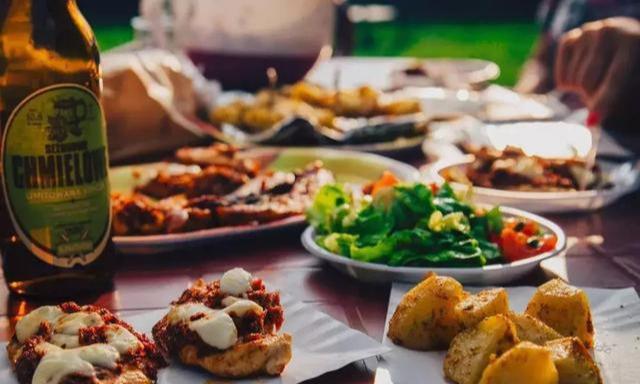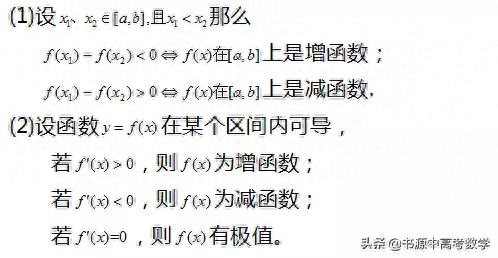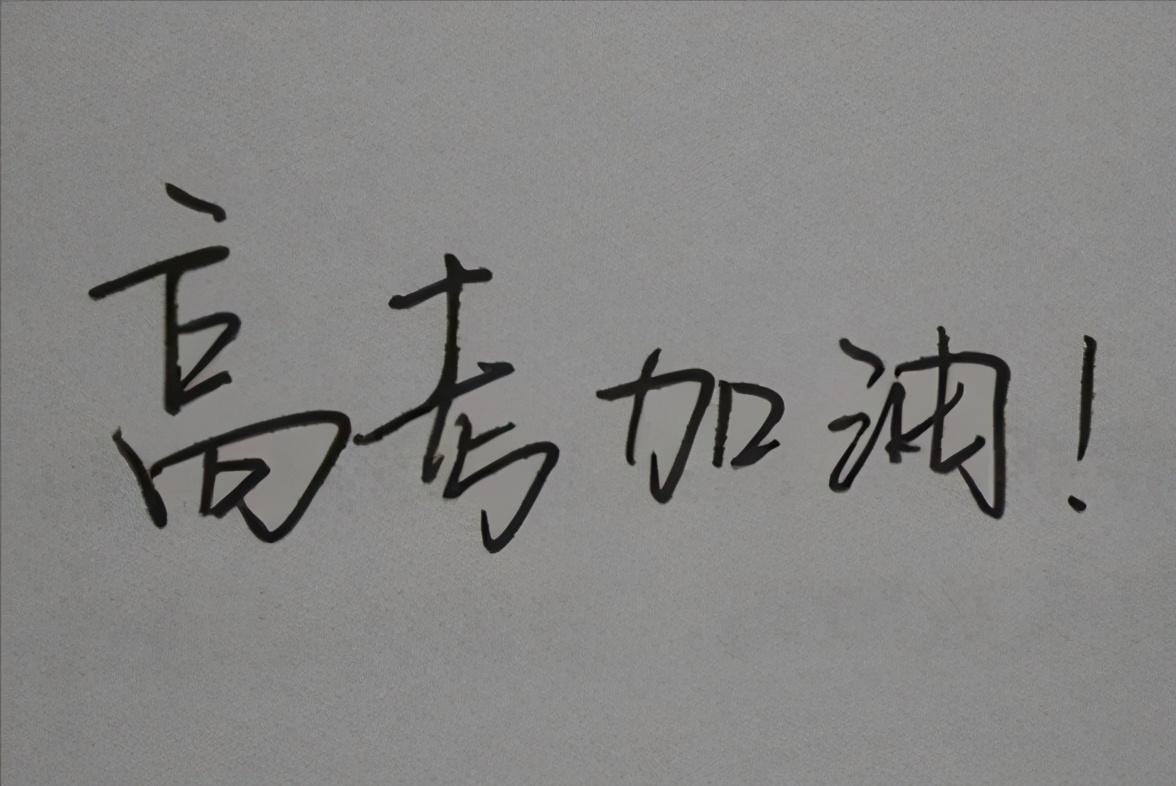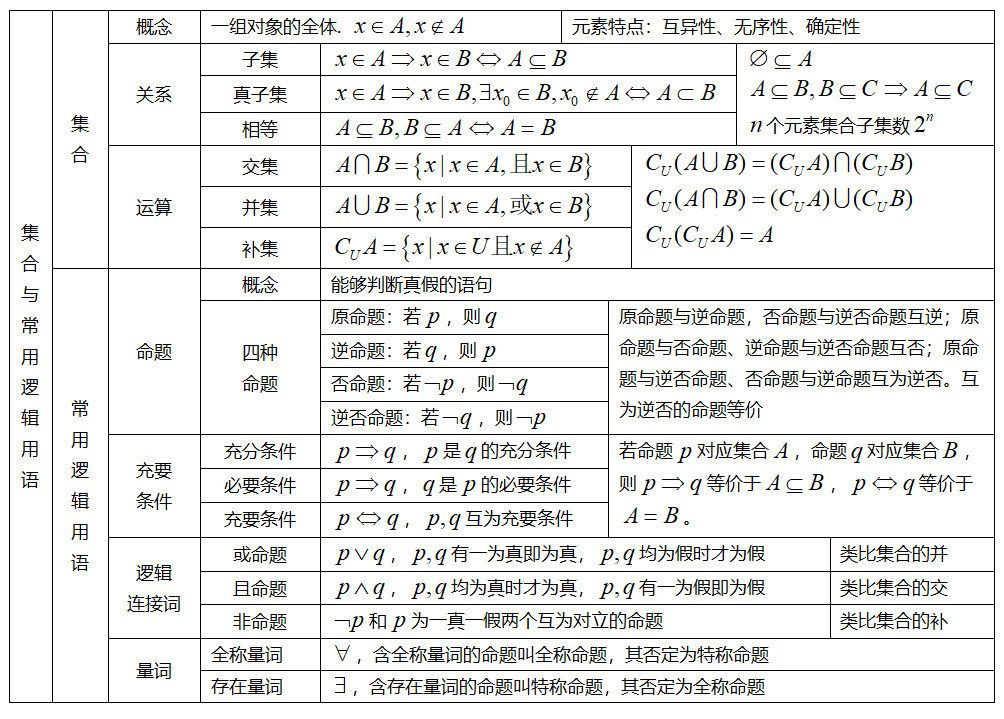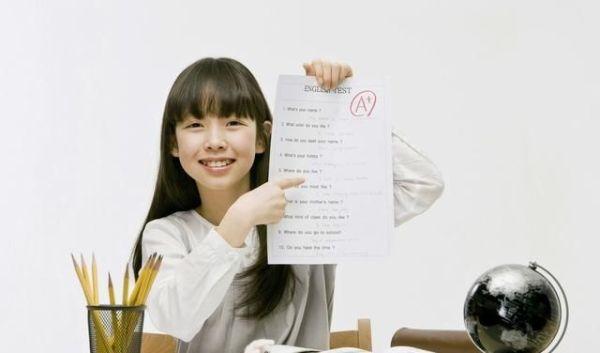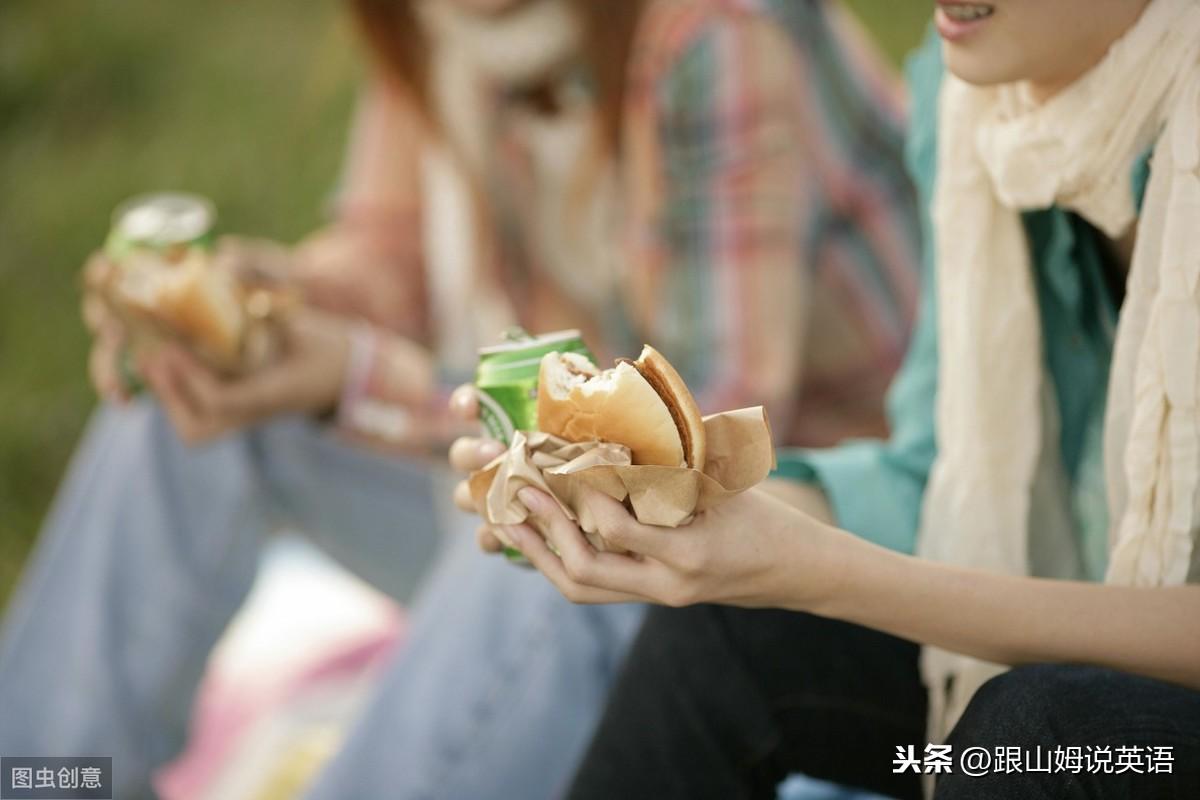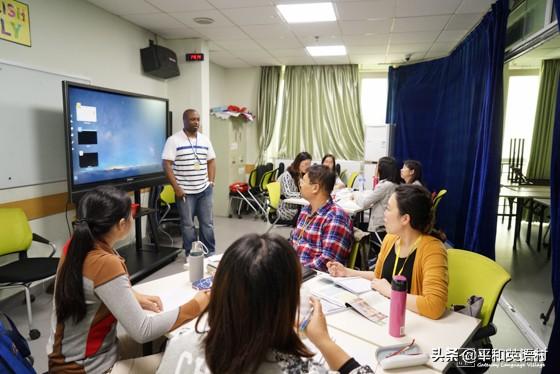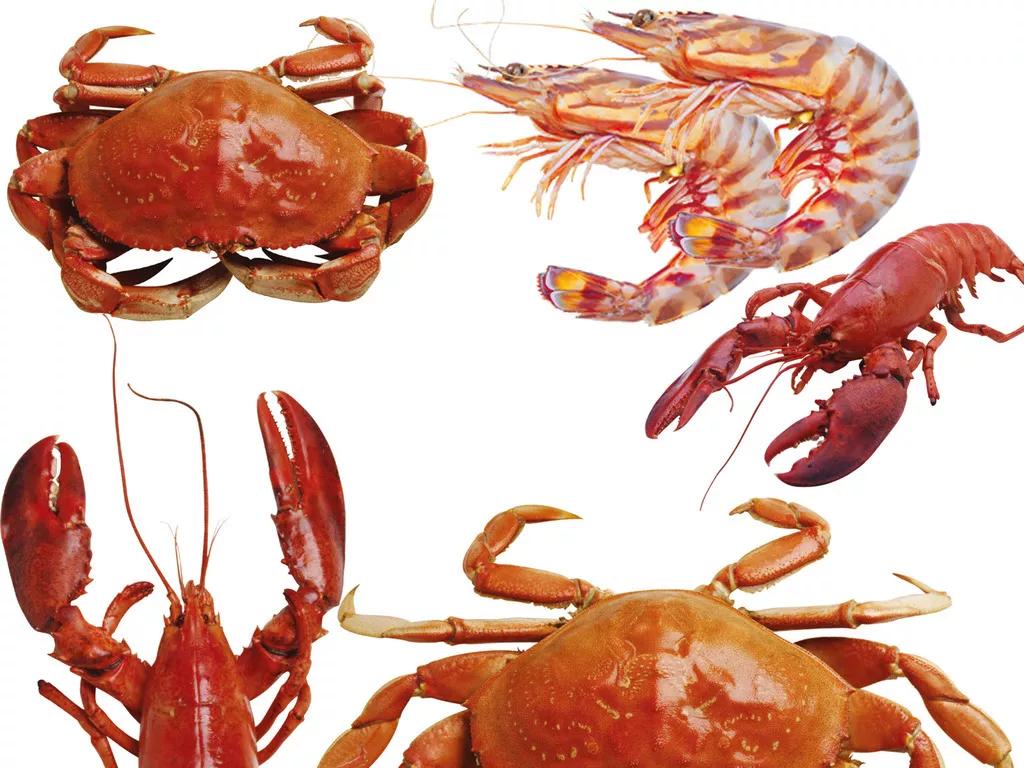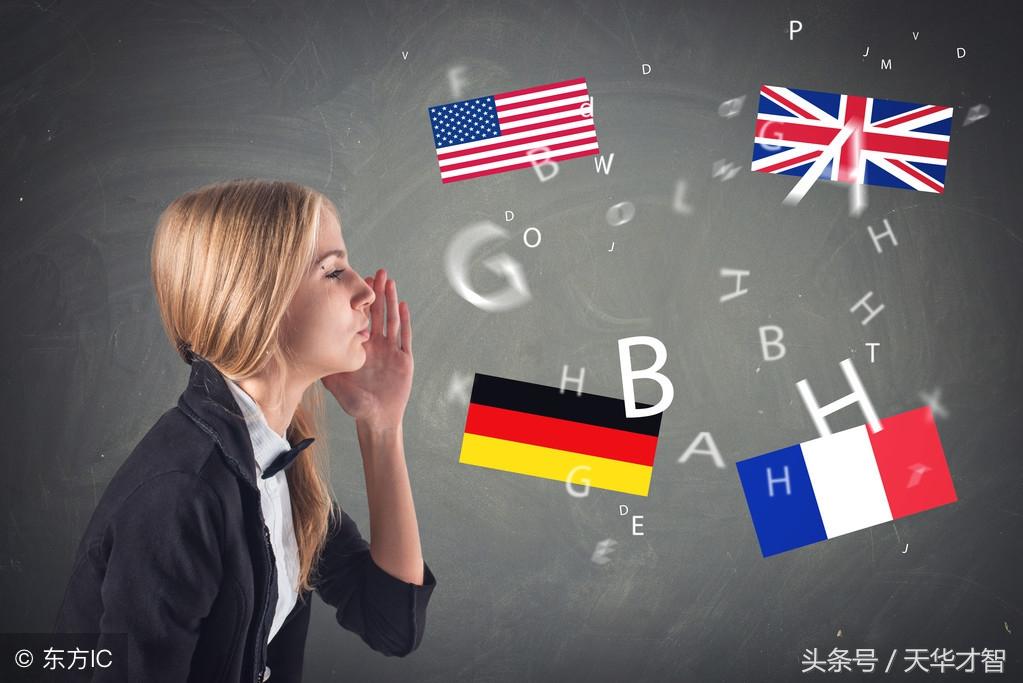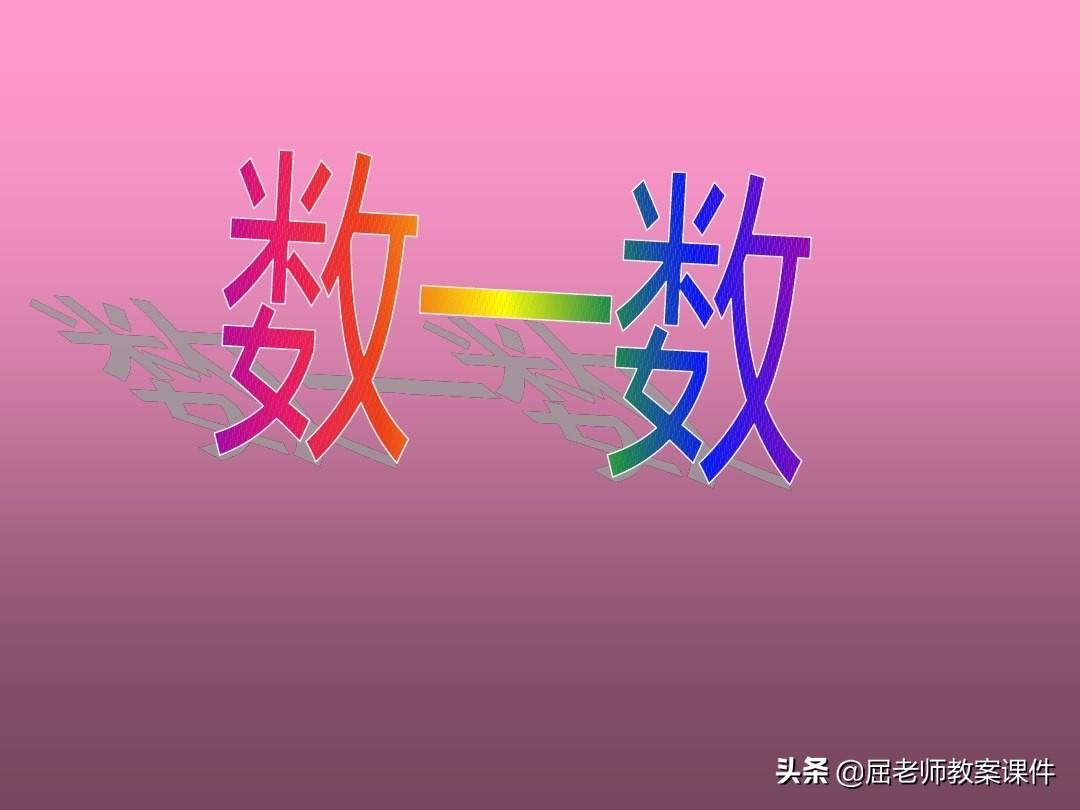“小餐桌”折射“大文明”。餐桌文化从另一个角度体现着一个国家的精神文明和国民素质。美国拥有丰富多彩的餐桌文化,可是别有一番情趣呢!
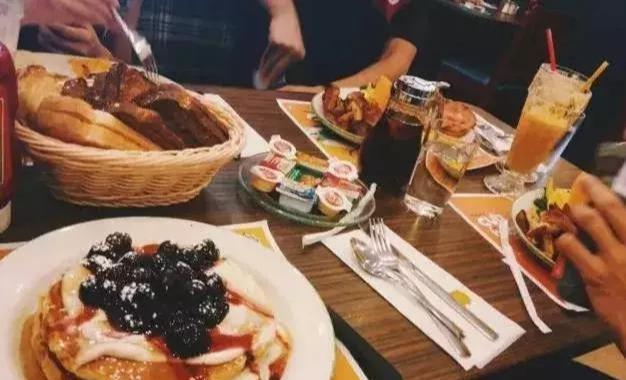
Here we analyze the differences between Chinese and Western food cultures from five aspects – eating concepts, eating patterns, eating habits, cooking methods and table manners.
下面我们从饮食观念、饮食结构、饮食方式、烹饪方式、餐桌礼仪等角度来分析一下中西方饮食文化的差异之处。
You may have had Western food in western restaurants many times. Have you noticed some differences between Chinese eating and Western eating? Besides chopsticks vs. knives and forks, there are more differences that you may not know...
你可能在西餐馆里吃过很多次西餐,但你注意到中西饮食之间有什么不同吗?除了筷子和刀叉之外,还有很多你可能不知道的区别。
1.Chinese usually eat communally and share their dishes with others. Westerners usually enjoy individual servings.
中国人通常是“围而食之”、一道菜大家一起吃。但是西方人一般是分餐而食。
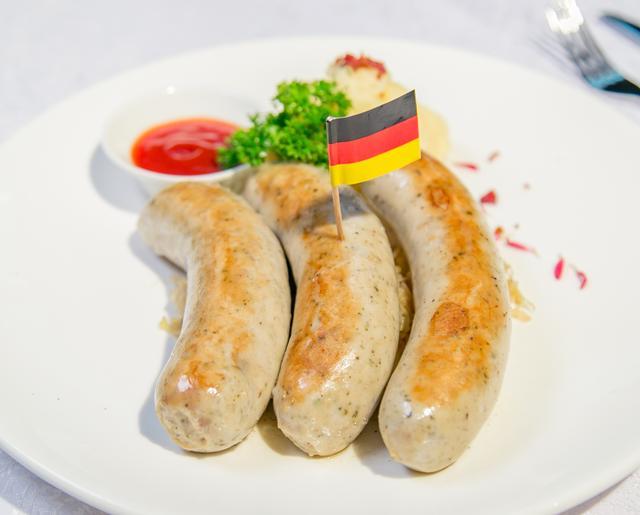
2.Chinese cooks chop everything into bite size pieces, thus people don't need knives to cut it, and just pick up their food with chopsticks. Westerners cook food in big pieces and serve it with knives and forks for cutting it up.
中国厨师一般会把所有食材都切成恰好一口能吃下的大小,这样人们用餐时就不需要用刀来切了,可以直接用筷子夹起食物就吃。
而西方人往往用整块的食材直接烹调,吃的时候用刀切成小块。
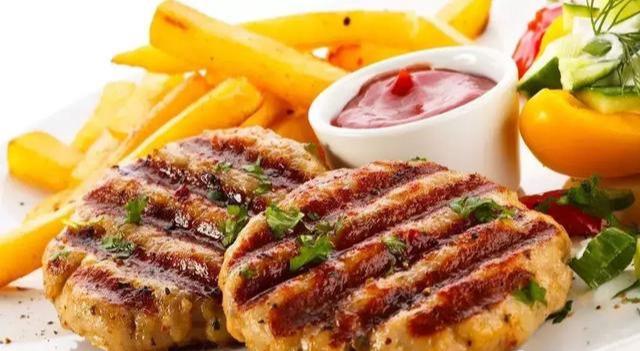
3.Chinese usually don't remove bones, and just cut them and the meat into pieces. They cook fish whole. Westerners usually eat filleted fish, and meat with whole bones, or no bones.
中国人通常不会给食材去骨,直接连骨带肉切成块。中国人会把整条鱼直接做成菜。而西方人却通常只吃鱼排,以及只有大骨或者干脆没骨头的鱼肉。
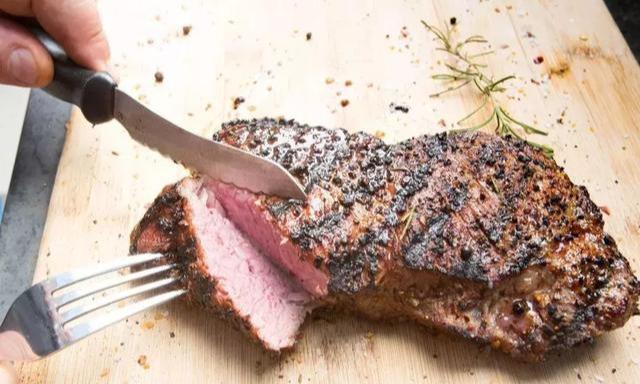
4.Chinese always cook vegetables — frying, stewing, boiling, and steaming — sometimes with soy sauce, ginger, and garlic. Western salads, or just boiling vegetables in water, are virtually unpopular in China.
中国人做素菜时,无论是煎炒烹炸,会放入酱油、生姜、大蒜等作料。
而西方人却总是把蔬菜做成沙拉,或者只用白水煮一煮就可以吃了,这在中餐里不是很流行。
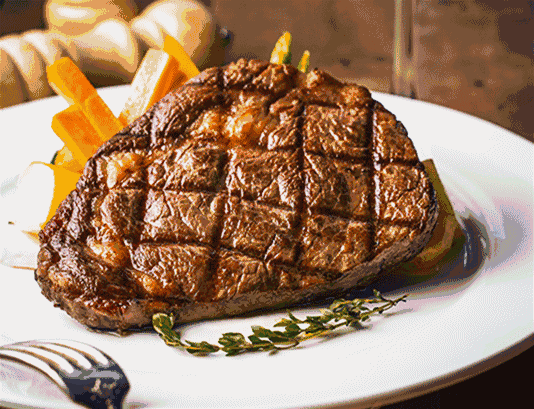
5.Ingredients: Chinese cuisine uses many ingredients rarely seen in Western cuisine, like white gourd and yams, tree fungi and lotus roots, frogs and dogs, feet, tongues, ears, and all manner of internal organs, etc.
食材。中国菜许多食材几乎不出现在西方菜肴中,例如冬瓜、山药、木耳、莲藕、蛙肉和狗肉,还有动物的脚、舌、耳和所有内脏器官。
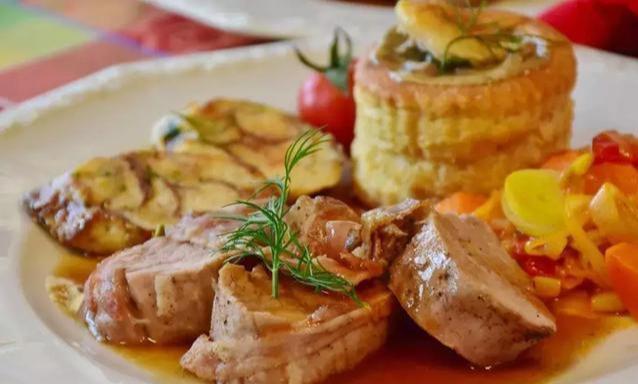
6.Using spices: Chinese cooks like to add fresh/dried spices when cooking, like ginger, spring onion, mint, pepper, garlic, chilies, etc. Western cooks usually use processed spices like pepper powder, ketchup, etc.
香料的使用。中国大厨做菜时喜欢加入新鲜的和干的香料,例如生姜、葱、薄荷、胡椒、大蒜、辣椒等等。而西方人一般使用的是胡椒粉和番茄酱等经过处理的调料。
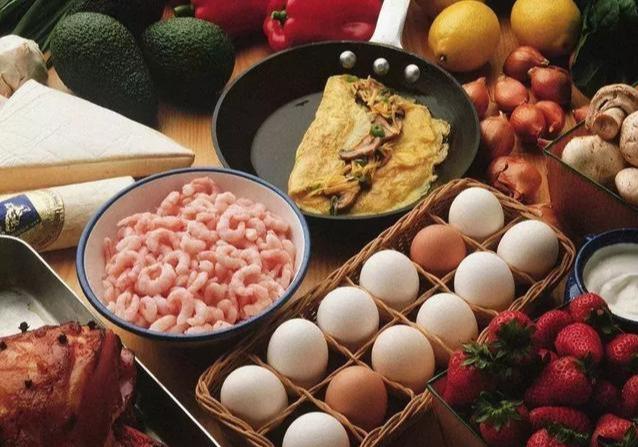
7.Seasoning bottles: You usually won't find any salt, pepper, tomato sauce, or mustard on the table in a Chinese restaurant. But if you have breakfast at a dumpling and steamed bun shop, you can enhance the flavor with soy sauce or vinegar from a bottle poured into a dipping dish.
调味瓶。你通常不会在一家中餐馆的饭桌上找到盐、胡椒、番茄酱或芥末的瓶子。但是如果你在一家饺子店或者包子店吃早餐,你可以凭喜好往蘸碟里加酱油或醋。
8.Desserts: Sweet desserts are served after Western dinners, while Chinese have fresh fruit or tea for dessert.
甜点。吃完西餐后一般会上一份甜点,而中国人则是吃点儿新鲜水果或者喝杯茶。

9.Round tables vs. square tables: Chinese traditionally eat at round tables, particularly family meals, as it's convenient to share dishes with others. Roundness symbolizes unity in China. Westerners eat at square tables, which is more convenient for individual meals, with long tables for bigger groups.
圆桌对方桌。传统上来说,中国人吃饭用的是圆桌,尤其是当家庭聚会时,因为这很方便和其他人分享美食。在中国“圆”象征着“团圆”。而西方人一般用方形餐桌吃饭,这更加方便个人用餐,吃饭人数很多时,他们还会使用长条形餐桌。
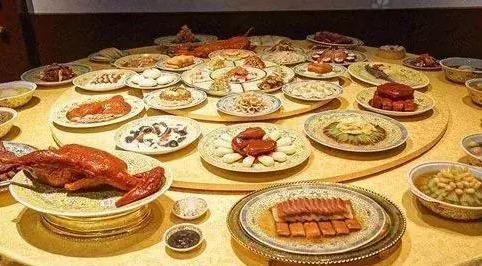
10.Cooking methods: Where Westerners limit themselves to boiling, frying, roasting, and baking usually, Chinese use more methods of cooking, like steaming, stewing, braising, and quick-frying with a wok. Chinese usually use animal/peanut oil to fry food; Westerners use more butter, sunflower oil, and olive oil.
烹饪方法。西方人的烹调方法一般就煮、炸、烤和烘焙四种,而中国人的做菜手艺就多种多样了,包括蒸、炖、焖和爆炒等。中国人做菜一般用动物油或花生油;而西方人用的则是黄油、葵花籽油和橄榄油。
